Are Shoe Sole Protectors Useful for Hiking Shoes? Discover Benefits
Yes, shoe sole protectors are useful for hiking shoes. They extend the life of your shoes by reducing wear and tear.
They also improve grip on various surfaces. When hiking, your shoes face rough terrains, sharp rocks, and muddy trails. This can cause the soles to wear out quickly, reducing their effectiveness. Sole protectors act as a shield, taking the brunt of the damage.
They offer extra grip, making each step more secure. By using them, you save money in the long run by extending the life of your hiking shoes. They are a simple yet effective solution for avid hikers looking to keep their gear in top condition. In this post, we will explore the benefits and considerations of using sole protectors on hiking shoes.

Credit: hikingguy.com
Introduction To Shoe Sole Protectors
Hiking shoes are designed for durability and comfort. But, even the best hiking shoes can wear out. This is where shoe sole protectors come in. They are designed to extend the life of your hiking shoes. They add an extra layer of protection to the soles. Let’s explore their purpose and types.
Purpose Of Sole Protectors
The main purpose of sole protectors is to prevent wear and tear. They shield the soles from sharp rocks and rough surfaces. This helps in maintaining the original condition of your hiking shoes. Sole protectors also offer better grip. They add extra traction, reducing the chances of slipping. This can be crucial on wet or uneven trails.
Another important aspect is cost-saving. Replacing hiking shoes can be expensive. By using sole protectors, you can save money in the long run. Sole protectors are much cheaper than a new pair of hiking shoes. They are easy to apply and replace, making them a practical choice.
Types Of Sole Protectors
There are several types of sole protectors available. Each type serves a different purpose. Here are the most common ones:
- Rubber Sole Protectors: These are made from high-quality rubber. They are durable and provide excellent grip. They are ideal for rocky terrains.
- Adhesive Sole Protectors: These protectors stick to the sole using strong adhesive. They are easy to apply and remove. They are suitable for moderate trails.
- Clip-On Sole Protectors: These are designed to clip onto the sole. They are perfect for temporary use. They can be removed and reattached as needed.
- Custom Sole Protectors: These protectors are custom-made. They fit the exact shape of your hiking shoe. They offer the best protection and fit.
Choosing the right sole protector depends on your needs. Consider the type of terrain you will be hiking on. Also, think about how often you hike. This will help you choose the best sole protector for your hiking shoes.
Importance For Hiking Enthusiasts
Hiking enthusiasts know the value of durable gear. Their shoes need special attention. Hiking shoes face rough terrains and changing weather. Protecting the soles is crucial. Shoe sole protectors can extend their lifespan.
Wear And Tear Prevention
Hiking shoes face rough surfaces. Rocks, roots, and dirt cause wear and tear. Shoe sole protectors add an extra layer of protection. This reduces direct contact with harsh elements. It helps in maintaining the shoe’s integrity.
Hiking shoes are expensive. Frequent replacements can be costly. Sole protectors help in saving money. They delay the need for new shoes. This makes them a wise investment for any hiker.
Enhanced Traction
Traction is vital for hiking. Slippery paths can be dangerous. Shoe sole protectors can improve grip. They often have textured surfaces. This provides better traction on various terrains.
Enhanced traction means safer hikes. It reduces the risk of slips and falls. Hikers can walk confidently. This is especially important on wet or muddy trails.
Benefits Of Using Shoe Sole Protectors
| Benefits | Details |
|---|---|
| Durability | Protectors extend the life of hiking shoes. |
| Traction | Improved grip on varied terrains. |
| Cost-Effective | Reduces the need for frequent shoe replacements. |
| Safety | Minimizes slips and falls. |
Shoe sole protectors are useful for hiking enthusiasts. They offer protection, traction, and cost savings. These benefits make hiking more enjoyable and safe.
Material And Durability
When considering hiking shoes, material and durability are crucial. Shoe sole protectors can enhance these aspects. They can extend the life of your hiking shoes. Let’s dive into the materials used and their longevity.
Common Materials Used
Shoe sole protectors come in various materials. Each offers different benefits.
- Rubber: Known for its grip and flexibility. Ideal for rough terrains.
- Polyurethane: Offers durability and support. Suitable for long hikes.
- Silicone: Lightweight and water-resistant. Good for wet conditions.
Longevity Of Protectors
The longevity of shoe sole protectors depends on the material. It also depends on how often you hike.
Rubber protectors can last for several months. Polyurethane protectors tend to last longer. Silicone protectors are durable but may wear out faster on rocky trails.
Here’s a comparison table for better understanding:
| Material | Durability | Best For |
|---|---|---|
| Rubber | Several months | Rough terrains |
| Polyurethane | Long-lasting | Long hikes |
| Silicone | Moderate | Wet conditions |
Choosing the right material ensures your hiking shoes last longer. It also provides better comfort and safety on your hikes.

Credit: www.amazon.com
Installation Process
Installing shoe sole protectors on your hiking shoes can extend their lifespan. It also enhances grip and prevents wear and tear. Proper installation is key. This ensures the protectors stay in place during your hikes.
Step-by-step Guide
Follow this simple guide to install shoe sole protectors:
- Clean the soles of your hiking shoes. Remove all dirt and debris.
- Dry the soles completely. Moisture can affect the adhesive.
- Place the protector on the sole. Check the fit.
- Trim the protector if necessary. Use a sharp knife or scissors.
- Peel off the adhesive backing. Align the protector with the sole.
- Press down firmly. Ensure there are no air bubbles.
- Let the adhesive set. Wait at least 24 hours before using the shoes.
Tools Required
You will need a few tools for this process:
- A clean cloth for cleaning the soles.
- Scissors or a sharp knife for trimming the protector.
- A flat surface for applying the protectors.
These tools ensure a smooth and easy installation process.
Performance In Various Terrains
When hiking, the terrain can change quickly. This can impact shoe performance. Shoe sole protectors can help. They offer extra grip and durability. Let’s explore how they perform on different terrains.
Rocky Paths
Rocky paths are tough on shoes. Sharp rocks can damage soles. But, sole protectors can help. They add an extra layer. This layer absorbs impact and protects the shoe. This means fewer cuts and scrapes. Better grip is another benefit. Protectors have special treads. These treads help with traction. This reduces slipping. It makes hiking on rocks safer.
Muddy Trails
Muddy trails are slippery. Mud can clog shoe treads. This reduces grip. Sole protectors can help here too. They have deep grooves. These grooves push mud out. This keeps the treads clear. With clear treads, shoes grip better. Protectors also add a waterproof layer. This keeps feet dry. No one likes wet feet on a hike. Dry feet mean more comfort. And more comfort means longer hikes.

Credit: www.amazon.com
Cost And Value
When considering hiking shoes, the cost and value of shoe sole protectors is important. Hiking enthusiasts often wonder if this accessory is worth the investment. Let’s break down the price range and perform a cost-benefit analysis.
Price Range
Shoe sole protectors come in various price ranges. Basic models start at $10. Premium options can go up to $50. The material and brand influence the cost. Some protectors are made of durable rubber. Others use high-quality silicone. The price reflects the durability and performance.
Cost-benefit Analysis
Investing in shoe sole protectors can save money over time. Protectors extend the life of hiking shoes. They reduce wear and tear on the soles. This means fewer replacements. Spending $20 on protectors can save you $100 or more on new shoes. They also improve traction. Better grip means safer hikes. Less risk of slipping or injury. The benefits often outweigh the initial cost.
User Experiences
Exploring the benefits of shoe sole protectors for hiking shoes can be insightful. Many hikers have shared their personal experiences and expert opinions. These insights help understand the practical value of these products.
Hiker Testimonials
Many hikers have found shoe sole protectors to be quite useful. John, an avid hiker, mentioned that they extend the life of his hiking shoes. He shared that the protectors provide extra grip on slippery surfaces.
Another hiker, Emily, noted that they help keep her shoes clean. She appreciates how they protect her shoes from mud and sharp rocks. Emily also mentioned that the protectors are easy to clean after a hike.
Here are some key points from hiker testimonials:
- Extended shoe life: Protectors help shoes last longer.
- Improved grip: Extra traction on slippery surfaces.
- Ease of cleaning: Keep shoes clean from mud and rocks.
Expert Opinions
Experts agree that shoe sole protectors can be beneficial. Dr. Smith, a podiatrist, says they help reduce wear and tear. He highlights that they provide additional cushioning. This can lessen the impact on joints during long hikes.
A professional hiker, Sarah, often recommends them to beginners. She believes they offer added protection for new hikers’ shoes. Sarah notes that they are especially useful for rough terrains.
Below is a table summarizing expert opinions:
| Expert | Opinion |
|---|---|
| Dr. Smith | Reduces wear and tear, adds cushioning |
| Sarah | Good for beginners, useful in rough terrains |
Maintenance And Care
Maintenance and care of your hiking shoes are crucial for their longevity. Proper upkeep ensures your shoes perform well on all terrains. Shoe sole protectors can extend the life of your hiking shoes. They shield the soles from wear and tear. Let’s explore some essential maintenance tips.
Cleaning Tips
Always clean your hiking shoes after each use. First, remove any dirt or debris from the surface. Use a soft brush to gently scrub the soles. For stubborn dirt, use a mild soap solution. Avoid harsh chemicals; they can damage the material. Rinse with clean water and let them air dry. Do not use direct heat; it can warp the soles. Clean shoes last longer and perform better.
Storage Advice
Proper storage is vital for maintaining your hiking shoes. Store them in a cool, dry place. Avoid damp areas that can lead to mold. Use shoe trees to help maintain their shape. Keep them away from direct sunlight; it can fade the material. Proper storage keeps your shoes in top condition. Your next hike will be more comfortable.
Environmental Impact
Shoe sole protectors can reduce wear and tear on hiking shoes. But what about their environmental impact? It’s crucial to understand how these protectors affect our planet.
Eco-friendly Options
Some manufacturers offer eco-friendly options for shoe sole protectors. These are often made from sustainable materials. For example, recycled rubber or biodegradable plastics. Such materials reduce the carbon footprint. They also help in conserving natural resources.
Here’s a quick comparison of some eco-friendly materials:
| Material | Benefits |
|---|---|
| Recycled Rubber | Reduces landfill waste, durable |
| Biodegradable Plastics | Breaks down naturally, less pollution |
Recyclability
The recyclability of shoe sole protectors is another important factor. Some protectors can be recycled after use. This prevents them from ending up in landfills. It also conserves resources.
Here are a few tips for recycling shoe sole protectors:
- Check if the material is recyclable.
- Look for local recycling programs.
- Contact the manufacturer for recycling options.
By choosing eco-friendly and recyclable options, we can reduce the environmental impact. This ensures our hiking adventures remain sustainable.
Frequently Asked Questions
What Are Shoe Sole Protectors?
Shoe sole protectors are thin layers added to shoe soles. They provide extra grip and durability. They help extend the shoe’s lifespan.
Are Shoe Sole Protectors Necessary For Hiking?
Yes, they are beneficial. They offer additional traction on rough terrains. They also protect the original soles from wear and tear.
Do Shoe Sole Protectors Improve Hiking Performance?
Yes, they do. They provide better grip on uneven surfaces. This can enhance stability and prevent slips.
How Long Do Shoe Sole Protectors Last?
Their lifespan varies. It depends on usage and terrain. Generally, they last several months with regular hiking.
Conclusion
Shoe sole protectors offer many benefits for hiking shoes. They provide extra grip, extending shoe life. These protectors can also prevent wear and tear. They improve safety on rough trails. Consider investing in them. Your feet will thank you. Hiking becomes more enjoyable with less worry.
Durable shoes make a big difference. Try shoe sole protectors for your next hike. Enjoy the journey with confidence and comfort.
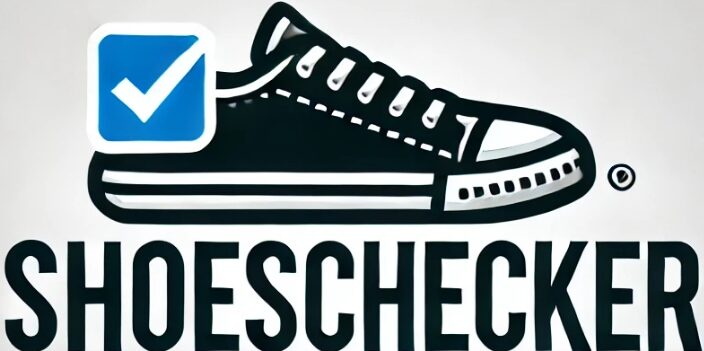
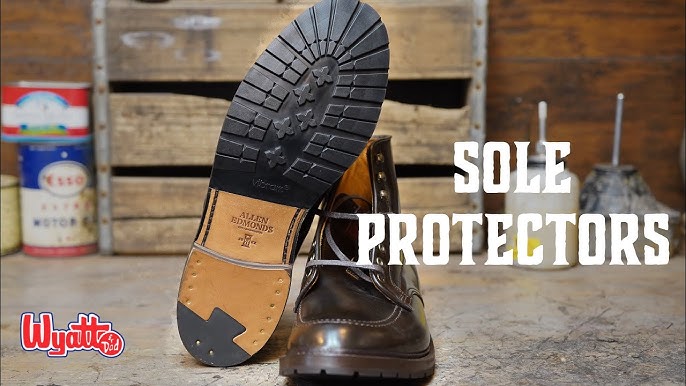
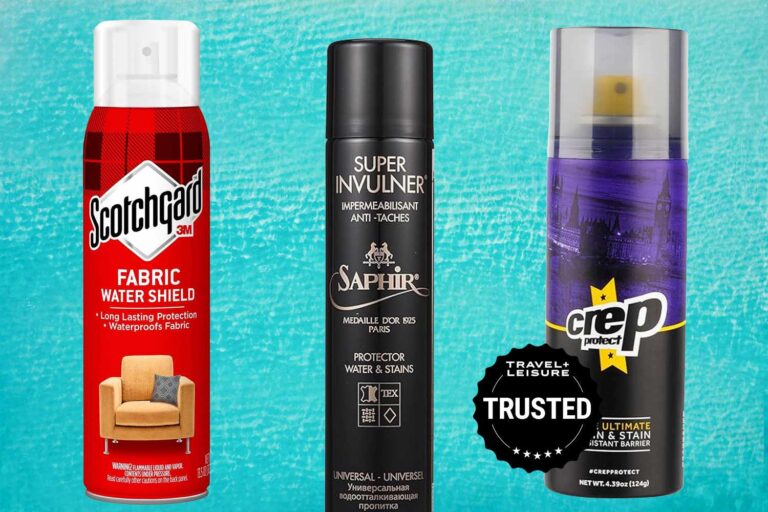
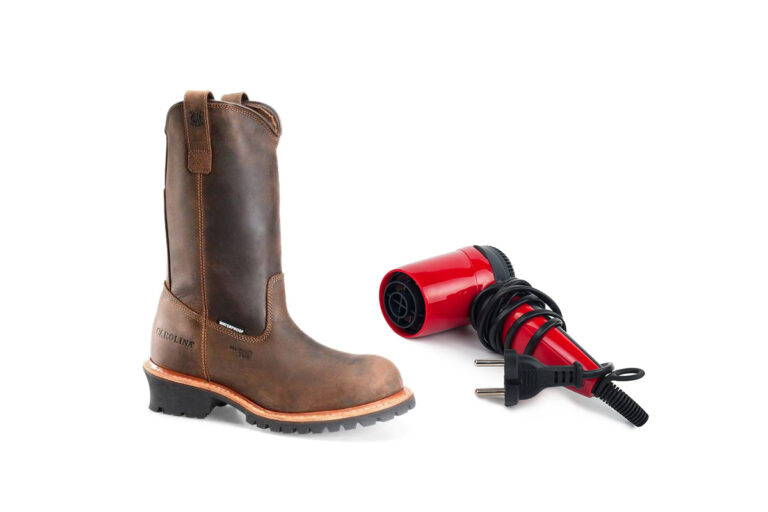
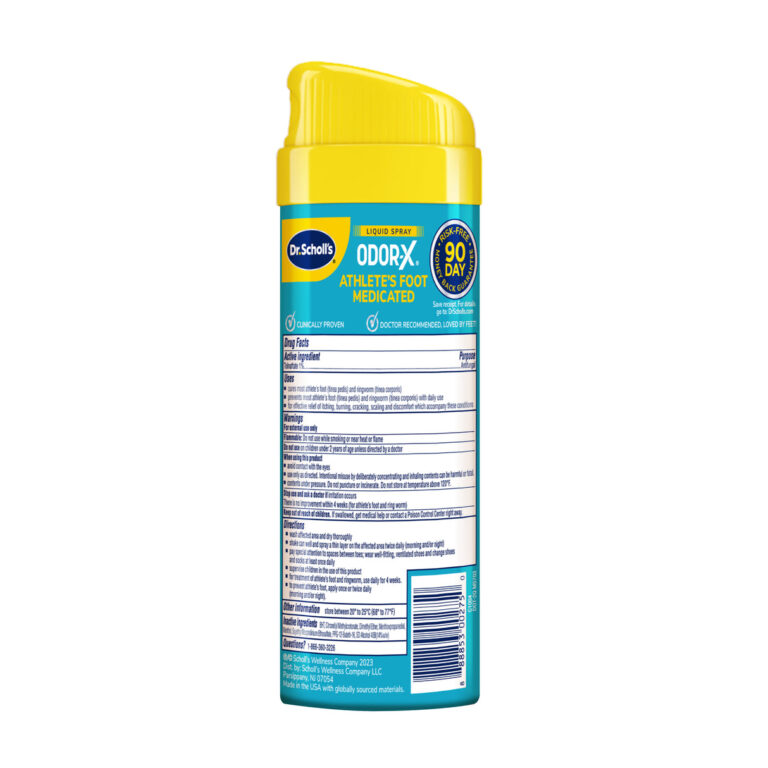
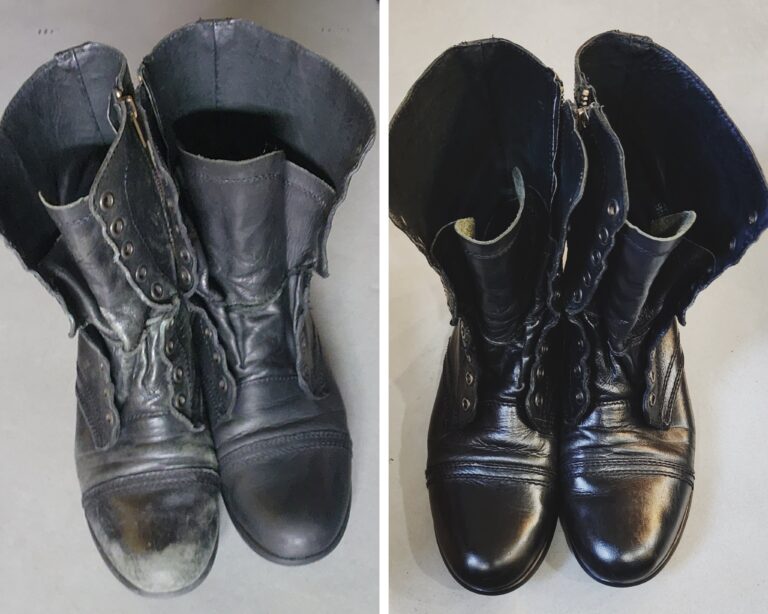
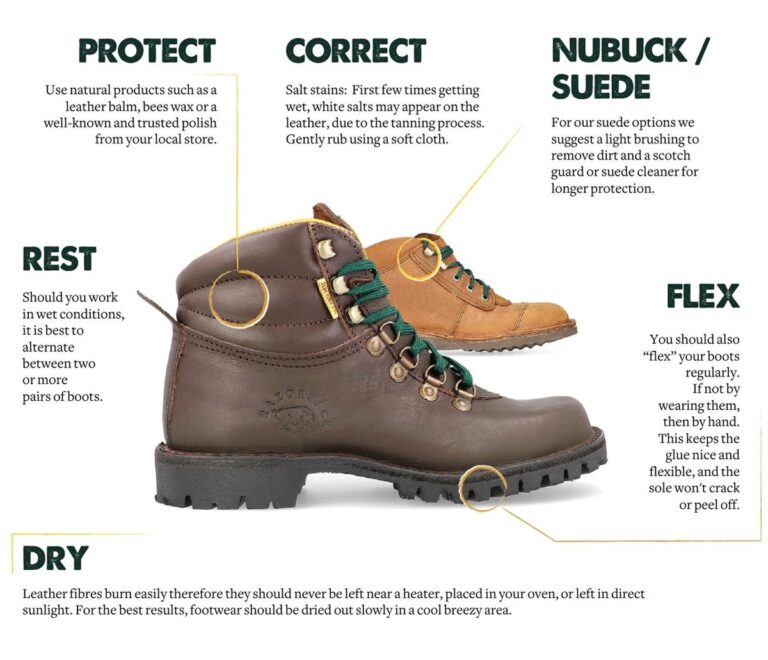
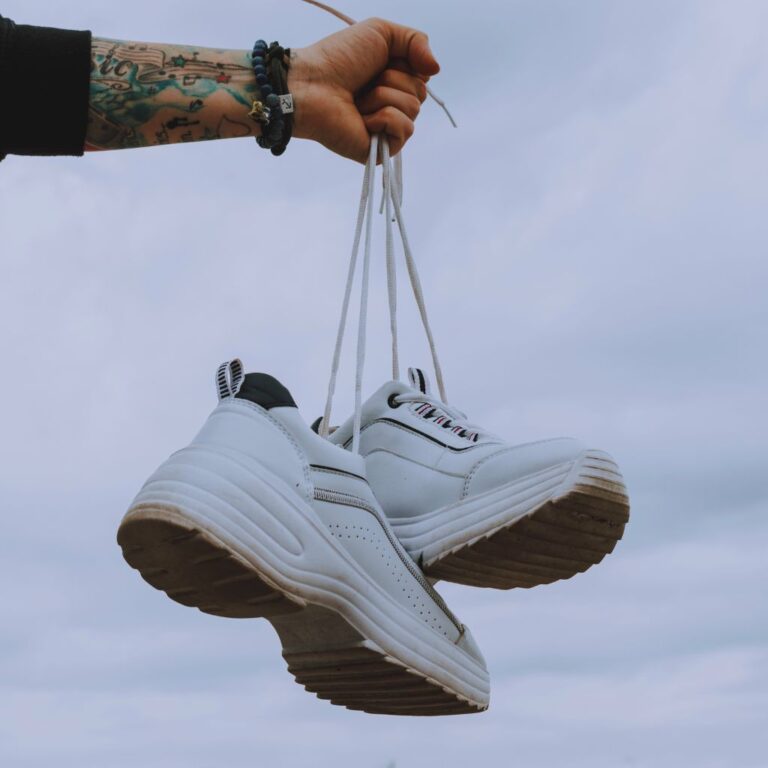
4 Comments